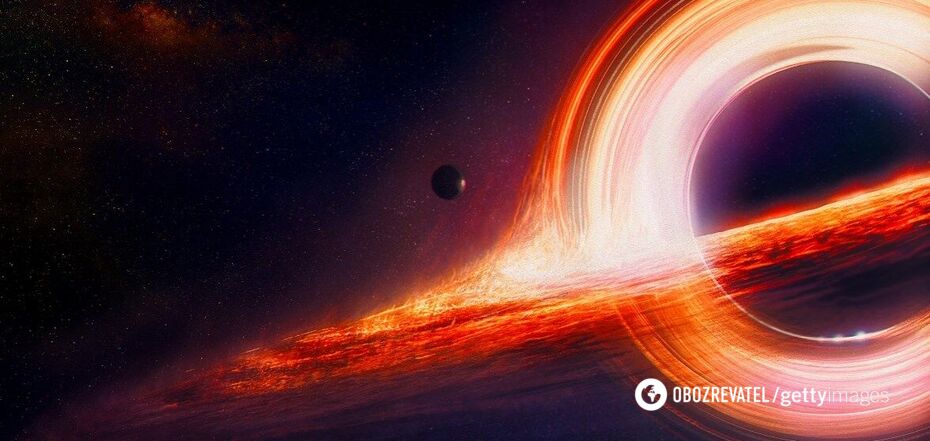Life
NASA showed a video of black holes, which is creepy: the Sun is just a grain of sand against their background
NASA has published an incredible video about black holes that is truly eerie. It shows a comparison of the Sun, the heaviest object people have seen with their own eyes, with massive black holes whose size is simply hard to comprehend.
The animation is published on the space agency's YouTube channel. Although the video is quite eloquent, it is extremely difficult to realize how massive black holes are due to the fact that our Sun is many orders of magnitude lighter than the smallest black hole in space (to see the video, scroll to the end of the news).
"The animation shows 10 supermassive black holes central to their galaxies, including the Milky Way and M87, in scale by the size of their shadows. Starting from the Sun, the camera gradually moves away to compare all the large black holes with the different structures of our solar system," says the caption of the video.
The primary black holes are thought to have formed in the early universe, shortly after the Big Bang. Subsequently, stellar black holes also arose, which, as their name might suggest, form when the center of a supermassive star collapses inward. Such a collapse leads to a supernova, a powerful explosion that ejects part of the star into space.
Supermassive black holes, as scientists believe, were formed simultaneously with the galaxy in which they are located, and their size is directly related to the size and mass of the galaxy.
Our Sun is also a star, but its mass is not enough for the luminary to turn into a black hole. For that, the Sun must be 3-10 times its own mass.
From this, scientists conclude that even the smallest black hole in space that mankind can find will be 3-10 times larger than our Sun.
For those who like statistics, interesting facts for understanding how big the Sun is. Jupiter, the largest planet in our solar system, is 317 times larger than the Earth. However, if we compare Jupiter and the Sun, the Sun is 1,047 times more massive. Overall, the mass of the Sun is 99.86% of the entire mass of our system.
But the NASA animation makes this whole statistic into a ridiculous joke. The smallest of the black holes shown in the video is 100,000 solar masses. It is located in the dwarf galaxy J1501.
Next is the black hole in the heart of our galaxy, called Sagittarius A*, which boasts a mass of 4.3 million suns. The diameter of its shadow is about half the diameter of Mercury's orbit in our solar system.
Next are two giant black holes in the galaxy NGC 7727. They are about 1,600 light-years apart, one of them weighs 6 million solar masses, and the other weighs more than 150 million suns.
Next is black hole M87, which now has an updated mass of 5.4 billion Suns. Its shadow is so large that even a beam of light traveling at 1 billion kilometers per hour would take about two and a half days to cross it.
Each successive black hole in the video gets more and more massive, until it all ends in the Kuiper Belt, where the most supermassive black hole known to mankind is located. Tone 618 is a real monster with 66 billion solar masses. A beam of light would take weeks to cross its shadow.
Previously OBOZREVATEL told that astronomers recently discovered the "Scary Barbie". This is a black hole J2157, which rips into pieces the neighboring star.
Subscribe to OBOZREVATEL channels in Telegram and Viber to keep up with the latest developments.




























